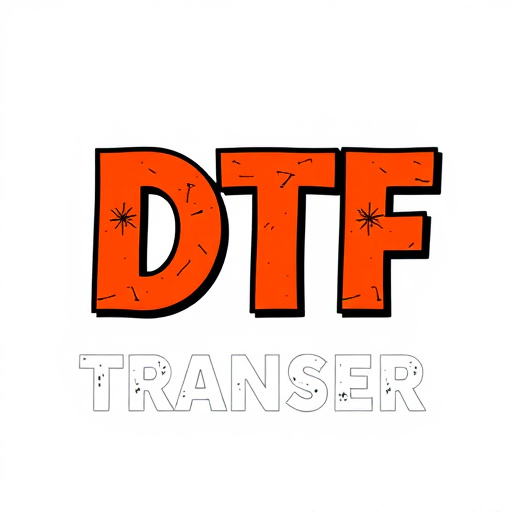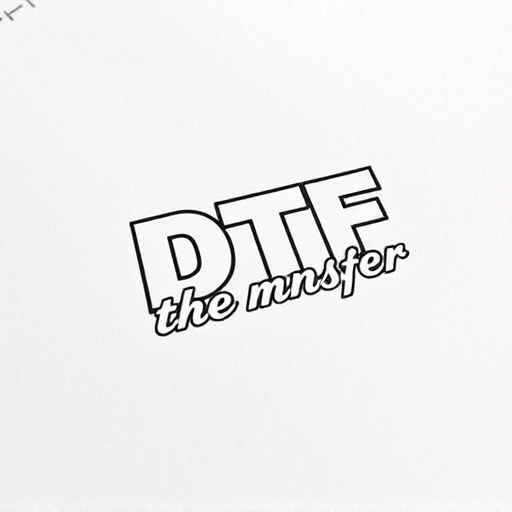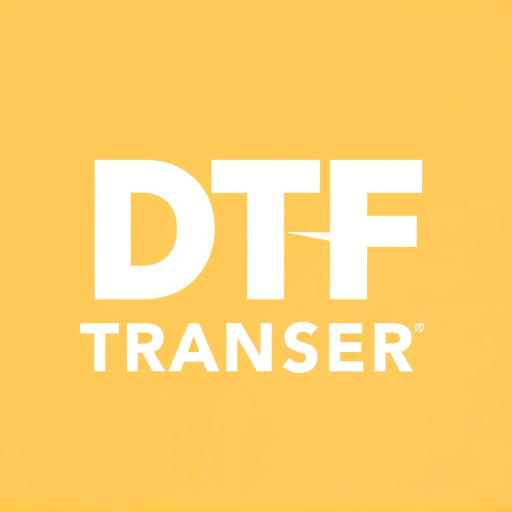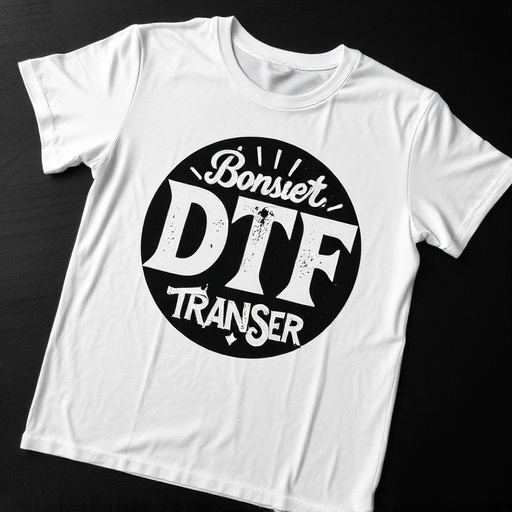Direct-to-Film (DTF) transfer printing is a cutting-edge technology revolutionizing film and photo production by directly applying designs onto film with advanced inkjet printers. This method offers unparalleled precision, speed, and efficiency, eliminating traditional intermediate steps and catering to diverse industries like photography, cinema, and fine art. Leading DTF businesses use sophisticated techniques and materials to ensure vibrant, accurate prints on various substrates, making it a preferred choice for professionals seeking high-performance solutions in a constantly evolving industry. DTF transfer production's versatility extends to textiles, signage, decorations, and promotional merchandise, offering faster production times, cost savings, and exceptional durability. With technological advancements and growing sustainability focus, the future of DTF transfer looks promising.
In today’s dynamic market, direct-to-film (DTF) transfer production has emerged as a game-changer for custom printing. This cutting-edge technology enables businesses to create vibrant, high-quality designs directly on various film surfaces, from clothing to signage. The article delves into the world of DTF transfer, exploring its understanding, top industry players, and the entire process from design to final prints. Discover the benefits and diverse applications across industries, as well as future trends shaping this innovative production method.
- Understanding Direct-to-Film Transfer (DTF) Technology
- Top DTF Transfer Businesses Revolutionizing the Industry
- The Process: From Design to Final Prints
- Benefits of Choosing DTF for Custom Printing
- Applications Across Industries
- Future Trends in DTF Transfer Production
Understanding Direct-to-Film Transfer (DTF) Technology
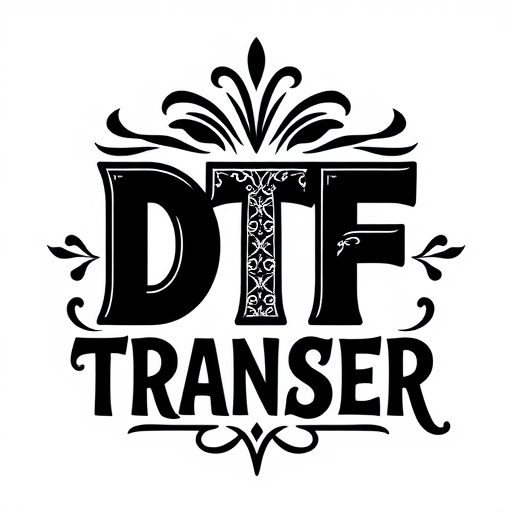
Direct-to-Film (DTF) Transfer is a cutting-edge printing technology that has revolutionized the way businesses approach film and photo production. This innovative process allows for the direct application of images and designs onto film, offering unparalleled precision and quality. With DTF, businesses can now create intricate prints, from high-resolution photos to complex graphics, with remarkable speed and efficiency.
The technology behind DTF involves a specialized printing system that uses advanced inkjet printers to deposit pigments directly onto the film’s surface. This method eliminates the need for traditional intermediate steps, such as film negatives or plates, streamlining the production process. As a result, DTF Transfer is highly versatile, catering to various industries, including photography, cinema, and fine art, where high-quality, direct prints on film are desired.
Top DTF Transfer Businesses Revolutionizing the Industry

In the realm of print and production, leading businesses specializing in direct-to-film (DTF) transfer are revolutionizing the industry. These innovators harness cutting-edge technologies to deliver precision, speed, and quality in DTF printing, producing top-tier prints that cater to a diverse range of applications, from art and design to manufacturing and packaging. Their expertise lies in seamlessly bridging digital designs with physical substrates, ensuring vibrant, accurate, and long-lasting results.
The game-changing businesses are not only enhancing productivity but also elevating the overall quality of DTF transfers. They employ sophisticated techniques and materials that withstand the test of time, making them a preferred choice for professionals seeking reliable, high-performance solutions. By staying at the forefront of technological advancements, these leaders continue to redefine what’s possible in direct-to-film transfer production.
The Process: From Design to Final Prints
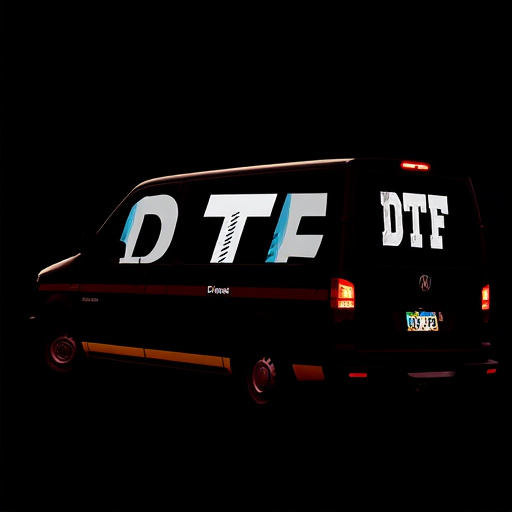
The process of direct-to-film (DTF) transfer production is an art that transforms digital designs into tangible, high-quality prints on various substrates. It begins with the initial design phase where artists and designers create illustrations or graphics using specialized software. These designs are then meticulously prepared for printing, ensuring optimal resolution and color accuracy. The digital files are sent to advanced DTF printers, which use precision technology to reproduce the artwork onto transparent film. This film becomes the master copy, ready for transfer to a variety of media, from textiles to plastics and even ceramics.
Once printed, skilled technicians carefully apply pressure and heat to bond the film to the desired surface, creating a lasting imprint. The excess film is then carefully peeled away, leaving behind a crisp, clear image. After curing, the final DTF prints are ready for further customization or integration into products. This versatile process allows businesses to create custom designs with speed and efficiency, catering to diverse industries’ needs, from fashion and home decor to signage and promotional merchandise.
Benefits of Choosing DTF for Custom Printing

Choosing Direct-to-Film (DTF) transfer production for custom printing offers a multitude of advantages. DTF technology allows for high-quality, precise prints on a variety of materials, making it an ideal solution for businesses and individuals seeking unique and durable products. This method ensures vibrant colours and crisp details, resulting in DTF prints that are both aesthetically pleasing and long-lasting.
DTF transfer production is also highly versatile, accommodating various designs and substrates, from clothing and textiles to ceramics and plastics. Moreover, it’s an efficient process that reduces waste and turnaround times compared to traditional printing methods. This makes DTF Printing a cost-effective option for custom orders, enabling businesses to offer personalized products without breaking the bank.
Applications Across Industries

Direct-to-film (DTF) transfer production has evolved into a versatile and indispensable process across various industries. Beyond its traditional use in textiles, DTF printing has found innovative applications in signages, decorations, and even promotional merchandise. Businesses leveraging DTF technology can achieve high-quality, full-color prints directly onto various materials like plastic, wood, metal, and more.
This method offers significant advantages, such as faster production times, cost-effectiveness, and exceptional durability. Industries ranging from retail and events to manufacturing and marketing are benefitting from DTF transfers’ ability to create custom designs with ease. Whether it’s producing eye-catching store signage, crafting personalized gifts, or fabricating intricate parts, DTF printing has become a go-to solution for businesses seeking high-impact visual communication and product customization.
Future Trends in DTF Transfer Production
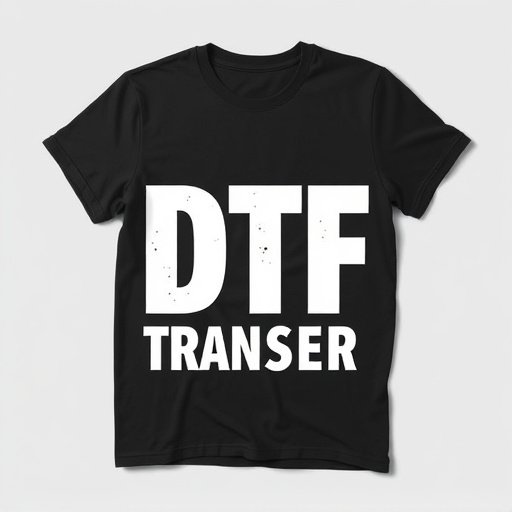
The future of direct-to-film (DTF) transfer production looks bright and ever-evolving, with advancements in technology driving innovation. One prominent trend is the integration of advanced printing techniques, such as DTF Printing, which promises higher resolution and more vibrant DTF Prints. This not only enhances the visual quality but also opens up new possibilities for intricate and detailed designs.
Additionally, sustainability is becoming a key focus in the industry. Businesses are exploring eco-friendly materials and processes to reduce the environmental impact of DTF Transfer production. As consumers become more conscious of sustainability, these initiatives could significantly shape the direction of DTF transfer production, ensuring it remains both cutting-edge and responsible.

